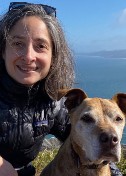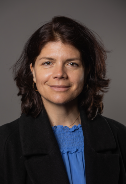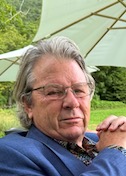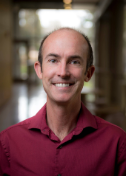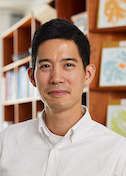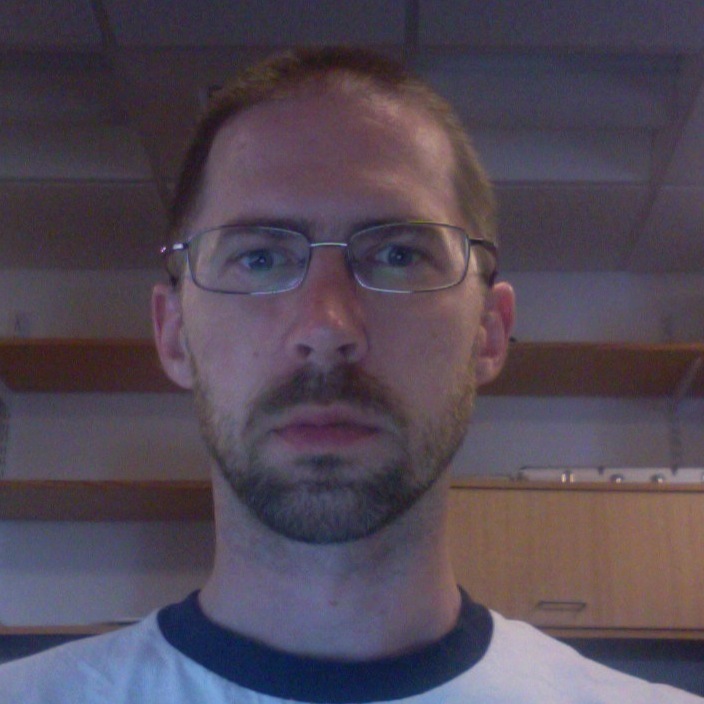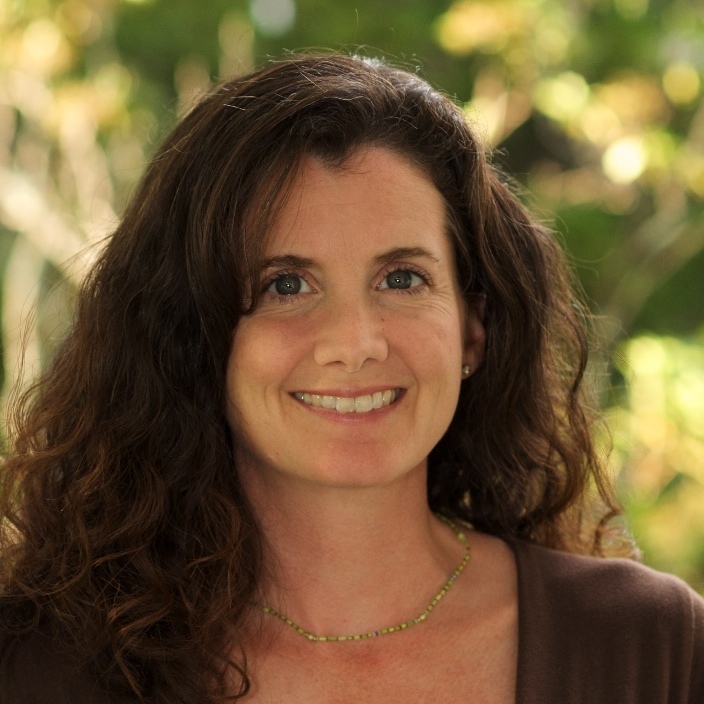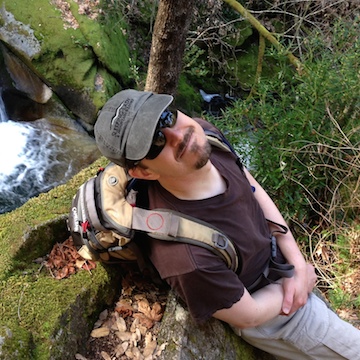Crystallography for Kids
Lynne Howell
The Hospital for Sick Kids, University of Toronto, Canada
Published May 17, 2011
Most people, armed with tartar-control toothpaste and a miniature scrub-brush, do battle with biofilms every morning. Biofilms form when bacteria attach to a surface, like a tooth, and form a colony encased in a protective coating.
SBGrid member Lynne Howell, senior scientist at The Hospital for Sick Children (SickKids) and a biochemistry professor at the University of Toronto, studies biofilms formed by Pseudomona aeruginosa, a bacterium that afflicts Cystic Fibrosis (CF) patients by forming biofilms inside their lungs. She recently uncovered the structure of AlgK, an outer-membrane lipoprotein on P. aeruginosa that helps the bacteria form a biofilm.
For CF patients, the genetic mutation that causes the disease also causes a chloride imbalance in the lungs. The altered lung environment mutates the bacteria and encourages a change from the typical, free-floating form, in which they are susceptible to antibiotics, into colonies encased inside a biofilm that protects them from antibiotics.
These biofilms not only shield the bacteria from drugs, they also help them evade the human immune system. “A lot of the damage to the lungs in cystic fibrosis patients is caused by the immune response that is trying, but failing, to get rid of the bacteria,” says Howell.
Recently Howell's lab, with the help of SBGrid programs Phenix and CCP4, among others, solved the structure of AlgK, a protein required for P. aeruginosa to produce alginate, the polysaccharide that forms the bacterial biofilm inside the lung. Her work, published in the Feb 10 2010 Structure, shows that AlgK helps situate the porin AlgE on the outer-membrane pore, allowing it to export alginate outside of the cell.
Howell's lab has followed up this work by solving the structure of the export porin AlgE, which was published in the July 21 2011 issue of the Proceedings of the National Academy of Sciences. Together the structures of AlgK and AlgE suggest a novel mechanism for polysaccharide export across the outer membrane. By understanding the structures, and chemical and physical properties of the proteins that export the polysaccharides that form the biofilms, she hopes to uncover new ways to battle these lethal biofilm infections.
In parallel work, Howell is investigating an organelle, the type IV pilus, that anchors the bacterium surface in the first place. “If we can understand how this organelle is assembled, we may be able to prevent it from assembling and allowing surface attachment,” says Howell. Without surface attachment, the bacteria lose their virulence.
Regardless, the end game remains the same. “We're trying to improve the lives of kids with this disease,” says Howell.
– Elizabeth Dougherty


